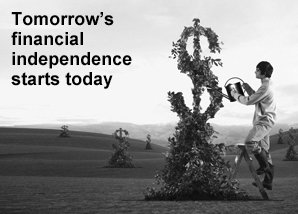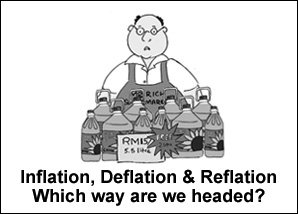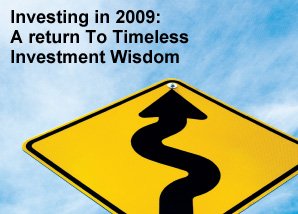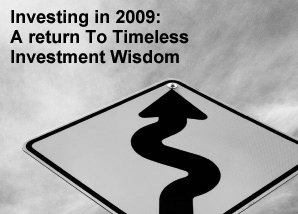Health&Wealth
It Takes Two To Tango!
Health and Wealth are like dance partners. One can dance alone, but it is better when two come together. As we’re entering the last quarter of the year, it is time to reflect and adjust your lifestyle and financial habits to enjoy both health and wealth.
a
a
a
a
a
Health Check
You may want to attend a yearly health screening to monitor your health condition.

a
a
a
a
a
Wealth check
You may want to have a review of your portfolio at least once a year or better yet, every 6 months to rebalance your investments and monitor performance against investment goals.
a
a
a
a
a
A balanced diet
What’s on your plate? You may want to maintain a balanced diet of a wide variety of nutrition-rich food. Avoid highly processed food, overeating rich foods and sugar. Ensure you drink enough water.

a
a
a
a
a
A balanced diet
What’s on your portfolio? Does the asset allocation of your portfolio still work for you? You may want to balance your risk by allocating your assets according to your goals, risk profile and investment horizon.
a
a
a
Stay fit
Increase your energy levels by incorporating exercise into your daily life. You may want to make small changes such as parking further away and walking to the entrance, taking the stairs instead of the lift which can be beneficial for your body.

a
a
a
Stay lean
Debt is like financial fat that pulls you down. Find ways to reduce it or manage it better. Monitor your daily/monthly expenses to avoid overspending. Also review the subscriptions you have on direct debits, e.g. gym membership and magazine subscriptions – are they fully utilised? If not, you may want to cancel them and channel the money saved to an investment instead.
a
a
a
a
Be positive
Maintain a positive mindset and “never give up” attitude in the face of life’s uncertainties. You may want to foster close ties with family and friends, indulge in your hobbies, continue to learn and discover new things to keep your mind, body and spirit active.

a
a
a
a
Be prepared
You may want to save according to your goals, e.g: emergency fund for rainy days, education fund for children’s future, home improvement fund for a better lifestyle.
Rebalancing VS Buy-and-hold
Initial portfolio weightings: 40% in global bonds, 30% in global equities,
20% in Asian equities and 10% in Chinese equities
Source: Datastream. Global bonds refers to Citigroup World Government Bond Index; global equities refers to MSCI AC World Index; Asian equities refers to MSCI AC Asia Pacific ex Japan Index; and Chinese equities refers to MSCI China Index. Total Return in USD terms, from 31 December 1997 to 31 December 2007, not including transaction fees.
Invest time and attention in your health and wealth to stay strong physically and maximise your wealth potential. With uncertainty and volatility persisting in the market, it is important to stay on track by regularly reviewing and rebalancing your portfolio.
Portfolio Rebalancing is a process of ensuring that your portfolio is in the right mix of equities, bonds and cash according to your investment objective and risk tolerance. For example, your portfolio’s original asset allocation was 60% Equities and 40% Bonds. Because of the run up in the equity markets, the current allocation may now be 70% Equities and 30% Bonds. To rebalance it, you may sell 10% of the Equities and reinvest into Bonds to restore the asset allocation back to 60% Equities and 40% Bonds. Without rebalancing, the mix may be too aggressive for your risk appetite. Rebalancing may help to realign the portfolio’s initial intended weightings and maintain the risk/reward ratio for your investments.
Rebalancing may allow investors to capture gain and average down losses in a systematic approach over time. With a periodic rebalancing strategy in place, you can take profit from the areas that have grown substantially and re-allocate to those areas that have not, lowering your chance of buying as markets peak and selling as they bottom out. Compared to a Buy-and-Hold strategy, rebalancing may bring you better returns in the long run. (Refer to chart above).
An individual’s investment goals may also differ as one moves through different stages in life. At 28 years old, an investor may choose an aggressive 70% Equities, 30% Bonds mix. When he reaches 50, a balanced mix of 64% Bonds and 36% Equities may be more suited to protect his principal and preserve his income. Rebalancing your portfolio helps to ensure that your investment strategies grow with your life.


 LIKE THIS ARTICLE?
LIKE THIS ARTICLE?





















